The Right Arm of the Free World: A Look into the History of the FN FAL
The Right Arm of the Free World: A Look into the History of the FN FAL
During the last half of the 20th Century, the Fabrique Nationale FAL earned the nickname “the right arm of the free world” and became a symbol of the struggle against Communism. It’s little wonder why it earned that name. Name a war, revolution or revolt during the Cold War that involved the British Commonwealth, Western European nations, or their allies and you found the FAL in the hands of the soldiers fighting the battles.
Created in the years immediately after World War II, FN eventually produced 2 million FALs (Fusil Automatique Léger or “Light Automatic Rifle”) that were used by the militaries of more than 90 nations. At one time, the FAL was the official battle rifle of most NATO-member countries and was even considered by the United States.
In many ways, it was the West’s answer to the ubiquitous Kalashnikov. Albeit, an answer chambered to fire the heavier 7.62 x 51 mm NATO round instead of the AK’s 7.62 x 39 mm intermediate round.
Worldwide Usage
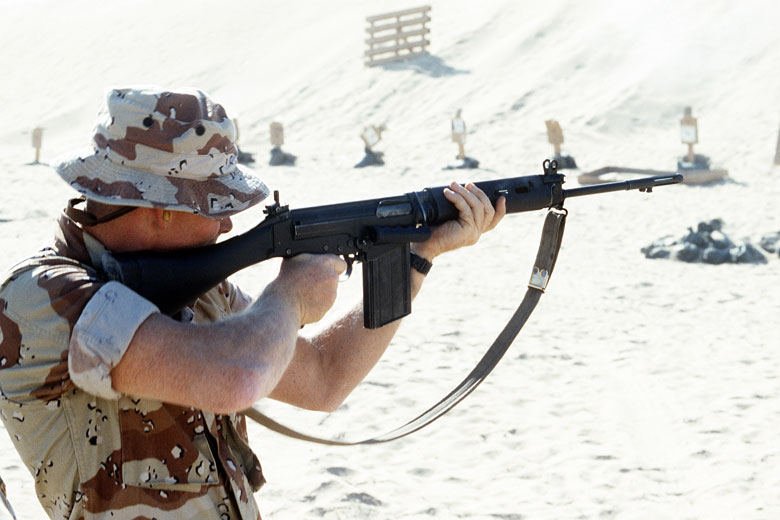
A hard-hitting, reliable battle rifle, the FAL saw combat all over the planet. For example, consider the Six Day War in 1967. There’s a common misconception that the 9mm Uzi was the weapon of choice for the Israeli Defense Forces, but in reality, Israeli soldiers carried more FALs than Uzis when facing Egyptian, Jordanian and Syrian troops.
In addition, the FAL is practically synonymous with the 1982 Falklands War, due to both sides using the weapon. The Argentine Army carried the full-auto version of the FAL, while British troops had the semi-auto L1A1 Self-Loading Rifle model of the FAL. When captured Argentine troops surrendered their weapons, the British infantry and Royal Marines often retrieved the full-auto FALs so they could spray more lead at the enemy.
How the FAL saw the light of day is a story that combines the tactical realities emerging from World War II and the politics of who would lead who during the Cold War. American and British weapons experts clashed over what weapon soldiers should carry in the post-war world and they turned to the last war for answers.
The success of Nazi Germany’s innovative Sturmgewehr 44 assault rifle convinced ordnance officers and weapon designers that the era of the bolt-action battle rifle was dead and gone. Lighter cartridges in select-fire assault rifles captured the imagination of weapons designers.
Only the United States fielded a heavy caliber semi-auto battle rifle, which was the well-regarded M1 Garand .30-06. A weapon that General George S. Patton called “the greatest battle implement ever devised.” However, the future was a gun that fired full auto, which the Garand did not.
The other question was what caliber the rifle of the future be chambered in? As weapon designers on both sides of the Atlantic toyed with prototype battle rifles, the British tested a 7mm (.280-caliber) round in the new FAL and liked it. In the United States, the Army wanted to stick with the .30-caliber round, flatly stating that no other cartridge could hold its own on the battlefield.
NATO Adoption
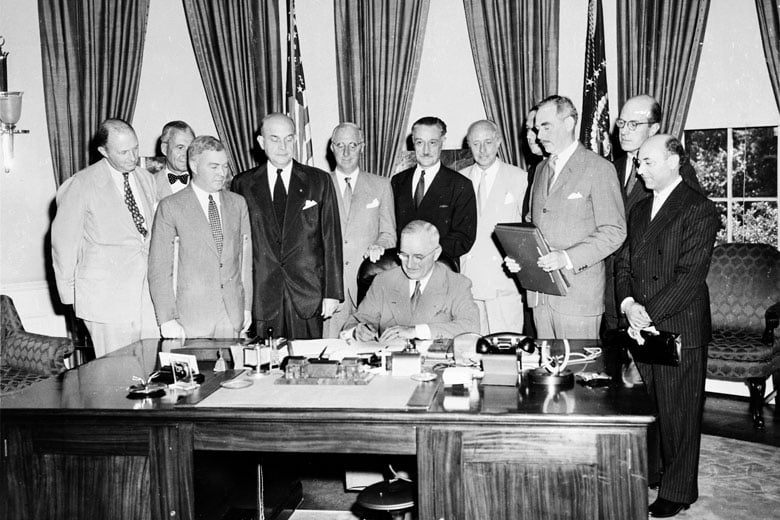
With the formation of the new NATO alliance in 1949, Generals and civilian planners both talked of the necessity to standardize equipment, weapons and supplies, but there was little agreement among the experts. One thing was certain though, the British were impressed with the FAL and were willing to choose it over other weapons.
The FAL was deemed the superior firearm to competitors because it was easy to maintain, field strip and clean. It reassembled without special tools and it was a select-fire weapon that fired a lighter round. The “gravel bellied” U.S. generals would accept nothing but a .30-caliber weapon though, insisting on the superiority of a prototype called the T25, a forerunner of the M-14 that ended up being nothing more than a glorified Garand.
Soon, there was a “Battle of the Bullets” that went all the way up to both the White House and 10 Downing Street. President Harry Truman and Prime Minister Winston Churchill even held a mini-summit, where rumor has it they struck a quid pro quo; the U.S. would adopt the FAL as its main battle rifle if Britain backed NATO adopting the 7.62 x 51 mm round.
NATO did relent and end up adopting the round, but the U.S. ended up reneging and developed the M-14, which fired the NATO 7.62 mm cartridge. The new M-14 was officially adopted as the American Military’s main rifle.
However, in the end it didn’t matter to FN because NATO countries (including Britain) began snapping up the FAL chambered for the NATO adopted round.
Action in Vietnam
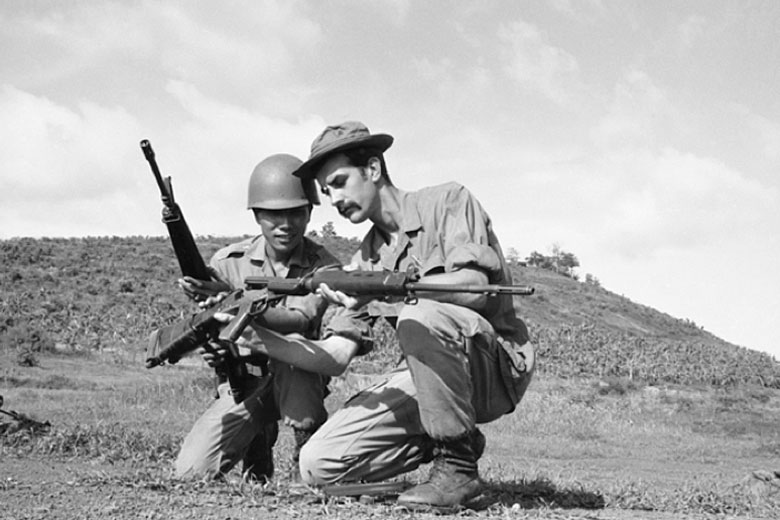
Vietnam is often overlooked when it comes to places where the FAL proved a success. The weapon arrived there in the hands of Australian troops who fought as allies of the United States under the Southeast Asian Treaty Organization (SEATO).
More than 60,000 Aussies would serve in the Vietnam War from 1962 to 1972, including the 1st Battalion of the Royal Australian Regiment. More commonly known as 1RAR, soldiers in the regiment fought in many significant battles during the war’s escalation in the mid-1960s.
During those the engagements, they often faced well-equipped Viet Cong who carried new AK-47s supplied by the Communist Chinese and East Bloc nations. Despite its weight and size (the FAL is one of the longest battle rifles of the 20th Century), 1RAR’s troops considered their weapon well suited for jungle warfare.
The powerful NATO round would punch through thick foliage, killing their concealed VC opponents. It was also a far more reliable weapon than the early version of the M-16 issued to U.S. forces. The FAL rarely jammed or misfired, two problems that plagued the M-16 for years.
Conclusion
Many considered the combination of the FN FAL’s design and cartridge to be the quintessential pairing of battle rifle and bullet during the 20th Century. The FAL went into production in 1953 and FN continued to produce the rifle all the way until 1988. Meanwhile, the M-14 fell by the wayside as the main U.S. battle rifle within a few years; replaced by the M-16.
In the end, with millions of FALs manufactured and internationally distributed, the rifle played a large part in making the 7.62 x 51mm NATO round an overwhelming success.
Editor-in-Chief’s Note: Paul R. Huard writes about military history and military small arms for daily newspapers and online publications. He is based in Ashland, Oregon.






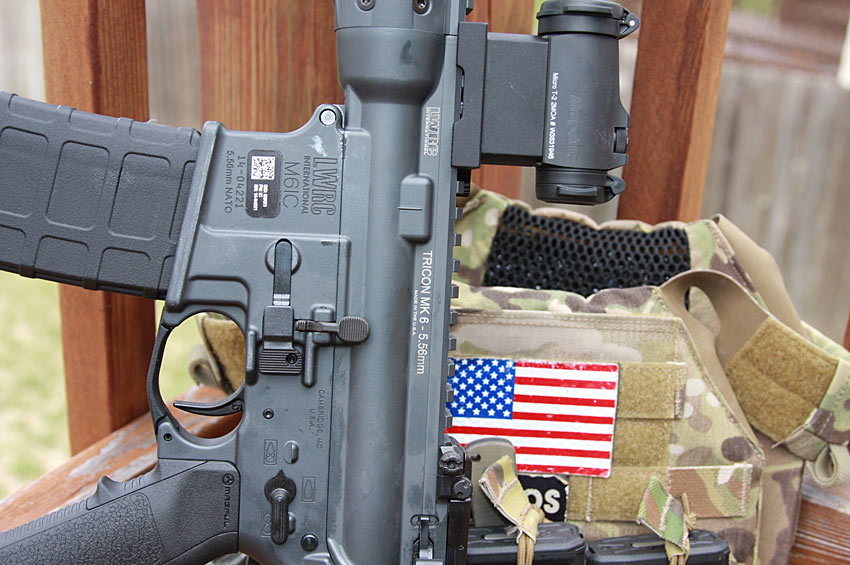

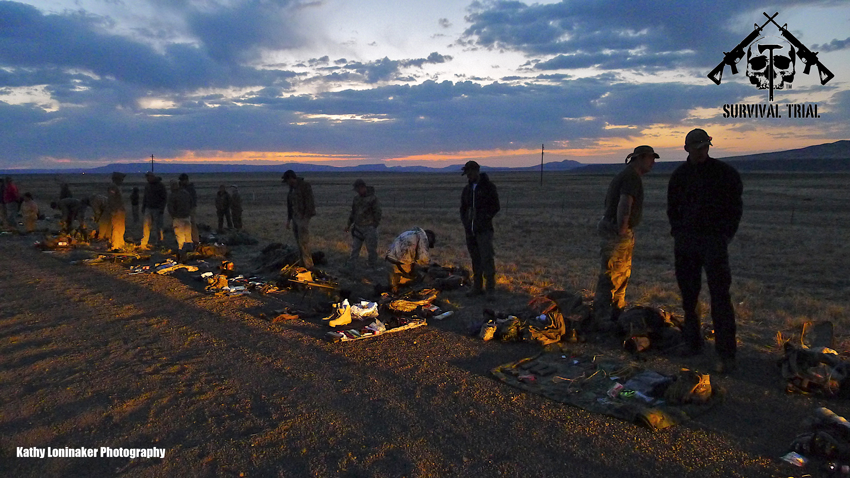
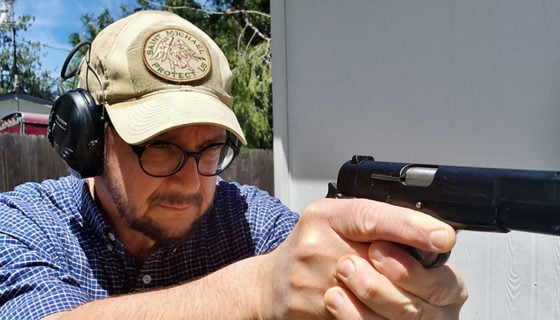

Discussion